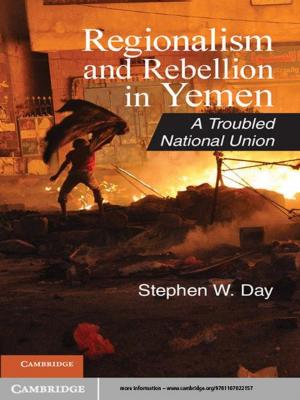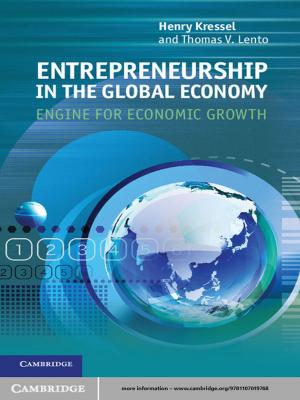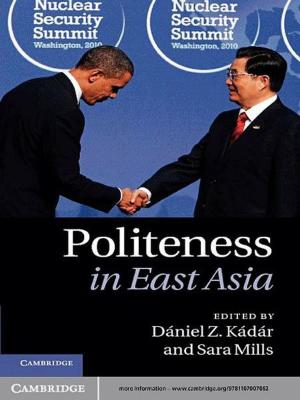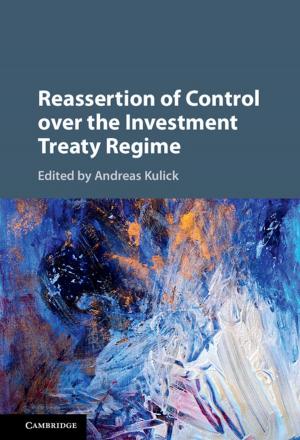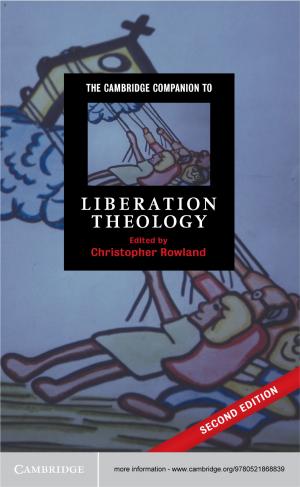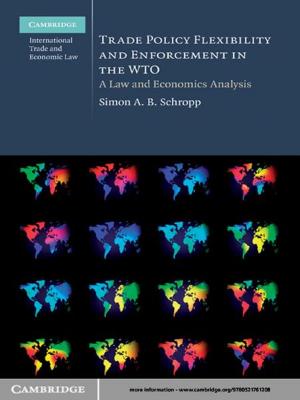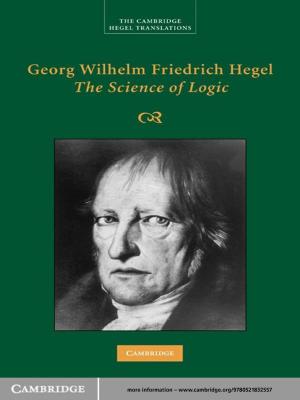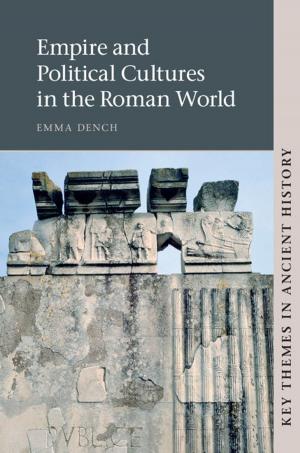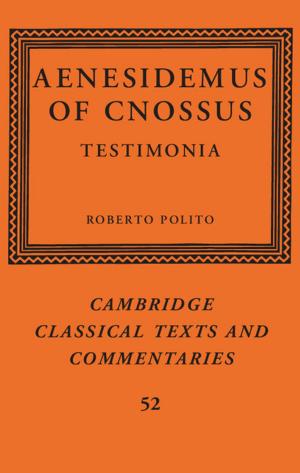Forced Migration in the Spanish Pacific World
From Mexico to the Philippines, 1765–1811
Nonfiction, History, Americas, Latin America, Social & Cultural Studies, Social Science| Author: | Eva Maria Mehl | ISBN: | 9781316719060 |
| Publisher: | Cambridge University Press | Publication: | July 11, 2016 |
| Imprint: | Cambridge University Press | Language: | English |
| Author: | Eva Maria Mehl |
| ISBN: | 9781316719060 |
| Publisher: | Cambridge University Press |
| Publication: | July 11, 2016 |
| Imprint: | Cambridge University Press |
| Language: | English |
Nearly 4,000 Mexican troops and convicts landed in Manila Bay in the Philippines from 1765 to 1811. The majority were veterans and recruits; the rest were victims of vagrancy campaigns. Eva Maria Mehl follows these forced exiles from recruiting centers, jails and streets in central Mexico to Spanish outposts in the Philippines, and traces relationships of power between the imperial authorities in Madrid and the colonial governments and populations of New Spain and the Philippines in the late Bourbon era. Ultimately, forced migration from Mexico City to Manila illustrates that the histories of the Spanish Philippines and colonial Mexico have embraced and shaped each other, that there existed a connectivity between imperial processes in the Pacific and the Atlantic Oceans, and that a perspective of the Spanish empire centered on the Atlantic cannot adequately reflect the historical importance of the richly textured transpacific world.
Nearly 4,000 Mexican troops and convicts landed in Manila Bay in the Philippines from 1765 to 1811. The majority were veterans and recruits; the rest were victims of vagrancy campaigns. Eva Maria Mehl follows these forced exiles from recruiting centers, jails and streets in central Mexico to Spanish outposts in the Philippines, and traces relationships of power between the imperial authorities in Madrid and the colonial governments and populations of New Spain and the Philippines in the late Bourbon era. Ultimately, forced migration from Mexico City to Manila illustrates that the histories of the Spanish Philippines and colonial Mexico have embraced and shaped each other, that there existed a connectivity between imperial processes in the Pacific and the Atlantic Oceans, and that a perspective of the Spanish empire centered on the Atlantic cannot adequately reflect the historical importance of the richly textured transpacific world.

